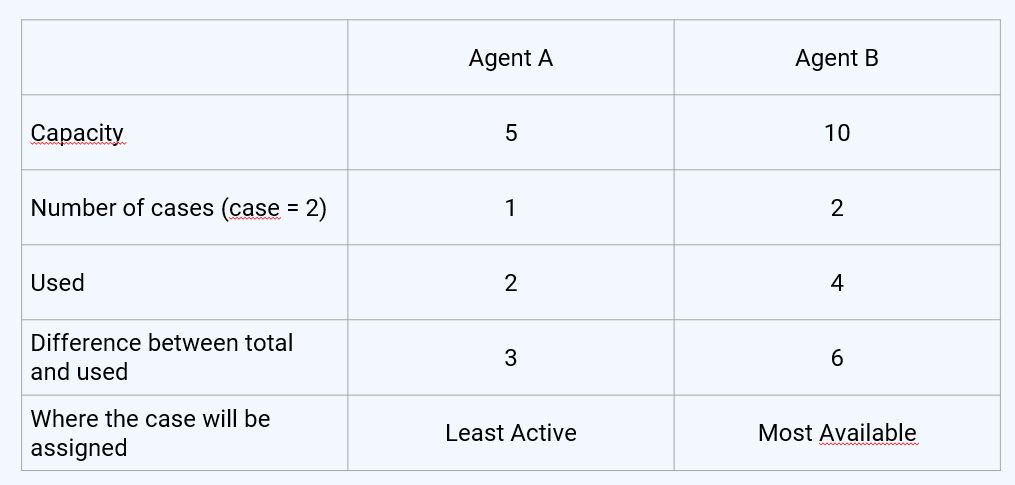Omnichannel is… a socialist
Why? Because one of its goals is to give everyone equal parts — to automate the work of service department and agent assignments in a way that their workload is relatively the same. Omni-Channel was created with shorter service time in mind: the proper functioning of service depends, to a large extent, on sorting out the assignments workflow.
Why do customers love Omnichannel?
Firstly, it improves effectiveness. I had an occasion to create many services, and I know that regardless of the industry, there are always so-called difficult issues. It is a problem mostly for agents who are accounted for quantity: they have to close a specific number of orders so that the corresponding bars in the report turn green. For developers, this problem may seem unfamiliar, because in our job it is quality that counts, not the number of written code lines.
The second advantage is the speed of operation. The moment an issue appears, Omnichannel notifies an agent. Thanks to that, agents are always up to date with the issues they should take care of.
The third asset is savings. If a company uses Service Cloud, it does not have to bear additional costs of licenses for Omnichannel.
Fourthly, Omnichannel supervisor. Some call it a magical tool, but it is not magic — it is just a functionality that allows to supervise agents at work in the so-called 360-degree view. Everything that is going on at a particular moment in customer service is gathered in one place: the list of agents, their availability, assignments they work on, and also the service backlog are available.
How to configure Omnichannel?
Instead of typical settings, I will show you a few tricks you would not find in Trailhead.
Ready for tips and tricks?
- The first step is to select an object we will handle in Omnichannel. We have a choice of several standard objects with cases at the top of the list. We can also use non-standard objects. The only limitation is that they don’t have a parent in a master-detail relationship.
- The next stage is defining the capacity. It can be compared to a box in which we can fit a certain number of blocks. These blocks are nothing else than work that agents have to take care of and we are to decide how big the box will be. For example, let us assume that in our service department, we deal with cases and chats. Chats are simple issues so we can assume that they take 1 capacity unit. Cases need a little more attention so let them take 3 capacity units. If we assume that the total capacity of our agents equals 5, it will mean that an agent can work on up to 1 case and 2 chats or just 5 chats.
- Finally, there is another significant issue, namely routing model selection. There are two options to choose from: least active and most available. The first means that an order is assigned to the agent who has the lowest occupancy at the moment. The other assigns a task to the agent for whom the difference between maximum capacity and currently used one is the biggest. Sounds unclear? The picture below should dispel the doubts.
Figure 1. Projecting cases to agents. Author’s compilation.
However, keep in mind that the selection of the routing model matters only from the moment when we already have agents with various maximum capacity. If it is equal for agents, then, regardless of the chosen option, the case always ends up in the same place.
We got through the basics of configuration. Are you curious about more advanced options? Read the next article! You will see that Omnichannel will surprise you more than once!
- Salesforce Developer
-
A Salesforce Developer since 2014, also specializing in training less experienced colleagues from the industry. Fascinated by developing soft skills and proving how important are they in a developer’s job. In private, a man of many interests and faint perseverance who, paradoxically, can be unyielding. The careful observer of people and life.


